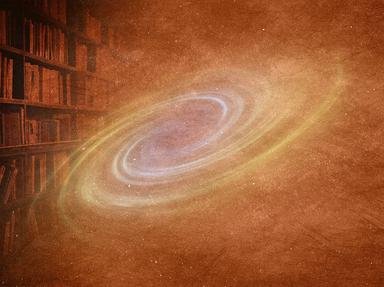Quiz Answer Key and Fun Facts
1. Never before had an event such as that which occurred on the 4th of October 1957 and which kick-started the 'Space Race', changed the world so quickly and so dramatically forever . The event in question was the launch of which of the following?
2. Never before witnessed, an event captured on camera for the world to see: which planet did the comet Shoemaker-Levy 9 collide with between July the 16th and July the 22nd 1994?
3. Never before performed until the 3rd of December 1967, the first ever life saving heart transplant operation was performed in Cape Town, South Africa, in an operation led by which surgeon?
4. Never before in European history had 'mass communication' been possible on such a scale. The invention and introduction, in circa 1439 of which technology is considered, by many, to be the most important event of the early modern period?
5. Never before witnessed by the human eye, the lowest recorded point on the earth's surface was observed for the first time on the 23rd of January 1960. Into which oceanic abyss was this descent made?
6. Never before seen by mankind, the discovery of this creature living freely in the waters off of the coast of South Africa, caused a sensation when an individual was captured alive in 1938. Which ancient, and believed to be long extinct, creature was this?
7. Never before known to have existed, a quantity of artefacts recovered from the waters around which small Greek island led to the fantastic discovery of mankind's earliest mechanical computer?
8. True or false? On the 25th of July 1978, the birth of Louise Brown at Oldham General Hospital, Oldham, England caused a medical sensation. Louise Brown was the first child in history to be born after a successful 'in vitro' or 'IVF' conception.
9. A feat never before accomplished, on the 14th of October 1947, which US pilot was the first to travel at a speed in excess of the speed of sound?
10. Never before had mankind been able to realise the dream of setting foot on a world outside the boundaries of our own until 21st July 1969, when a human being did exactly that. Which NASA astronaut and former US Navy pilot secured his place in history by being the first human ever to do so?
Source: Author
SisterSeagull
This quiz was reviewed by FunTrivia editor
WesleyCrusher before going online.
Any errors found in FunTrivia content are routinely corrected through our feedback system.


